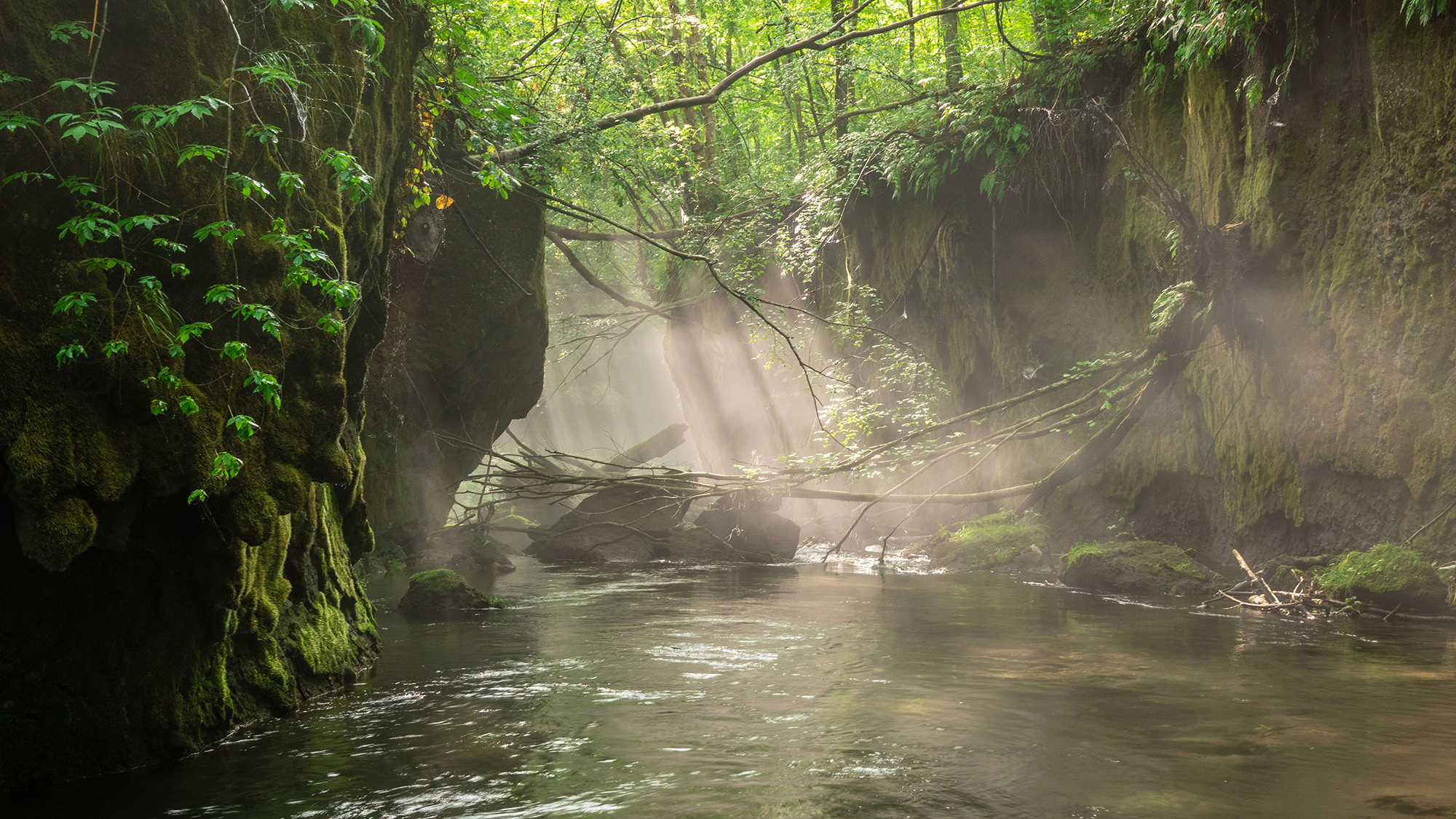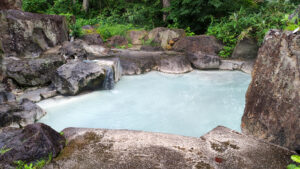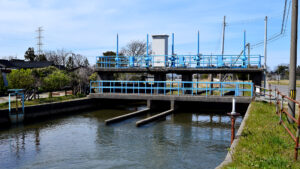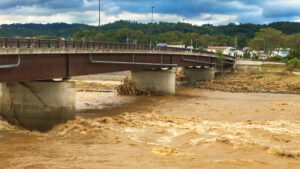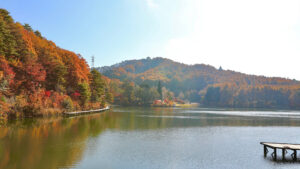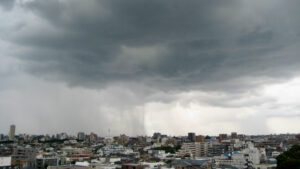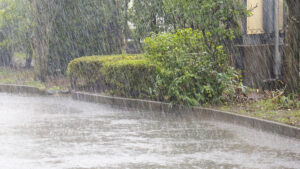Yuto Tashiro, Takeo Onishi, Rin Watanabe, Takayuki Shiraiwa
Received 27 February, 2025
Accepted 23 May, 2025
Published online 16 July, 2025
Yuto Tashiro1), Takeo Onishi2), Rin Watanabe2)3), Takayuki Shiraiwa4)
1) Faculty of Bioresource Science, Akita Prefectural University, Japan
2) Faculty of Applied Biological Sciences, Gifu University, Japan
3) Gifu Research Center for Public Health, Japan
4) Institute of Low Temperature Science, Hokkaido University, Japan
Dissolved iron (dFe) transported by rivers supports the growth of phytoplankton in coastal regions, yet the terrestrial sources of dFe remain poorly understood. To better understand the factors controlling the concentration of riverine dFe, we investigated the chemical composition (water temperature, pH, electrical conductivity, dissolved oxygen, dFe, dissolved manganese, and dissolved organic carbon) in 24 rivers in northern Hokkaido, Japan, during the autumn low-water season, and also analyzed the watershed characteristics (land cover, soil type, and lowland area percentage). The dFe concentrations ranged from 0.020 to 0.506 mg/L and were significantly correlated with dissolved organic carbon (r = 0.83, p < 0.01) and dissolved manganese (r = 0.60, p < 0.01), suggesting that dFe is exported as an organically complexed form from reducing environments. In watersheds dominated by pastureland, dFe concentrations were significantly correlated with a greater presence of reducing soils, such as peat soils and gray lowland soils (r = 0.81, p < 0.01). Our results indicate that reducing soils serve as a legacy source of iron to rivers even after conversion to pastureland, and their distribution primarily determines the potential dFe supply from watersheds in this region.
Copyright (c) 2025 The Author(s) CC-BY 4.0


